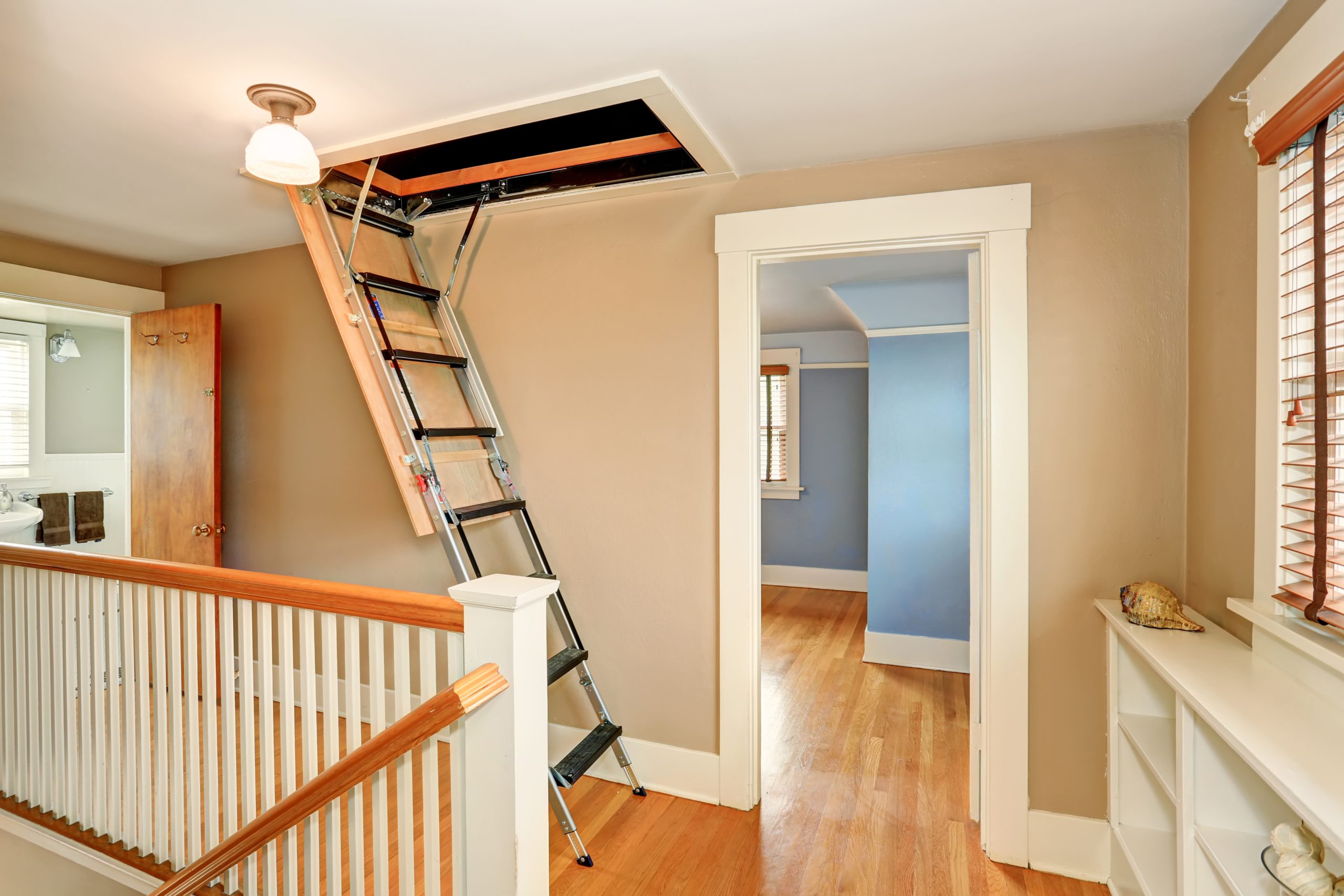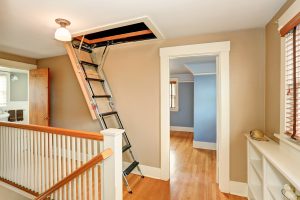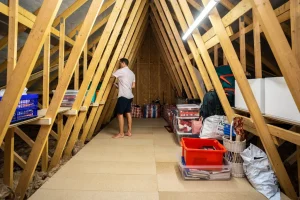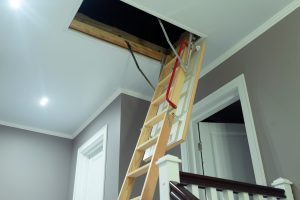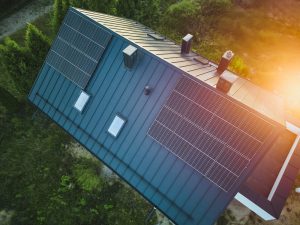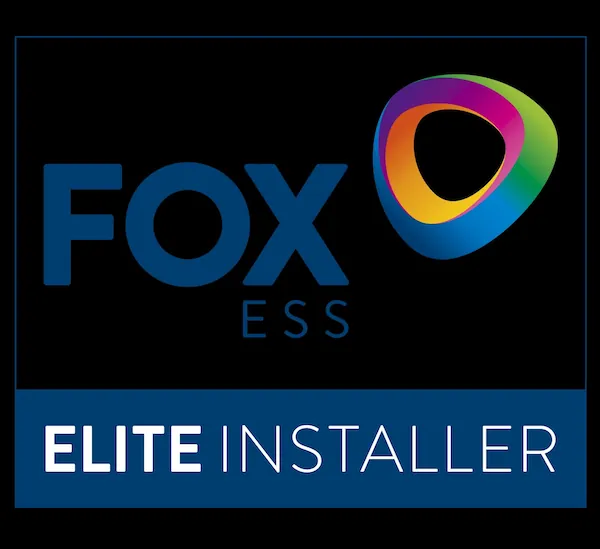How Do I Know If My Loft Insulation Is Still Working?
As the years go by, the insulation in our homes can lose its effectiveness, leading to higher energy bills and a less comfortable living environment. The loft, in particular, is a critical area for insulation, as a significant amount of heat can escape through the roof if it’s not properly insulated. But how do you know if your loft insulation is still doing its job? This article, by us at Cozy Home Solutions, will walk you through the key signs to look for and the steps you can take to assess your loft insulation’s performance.
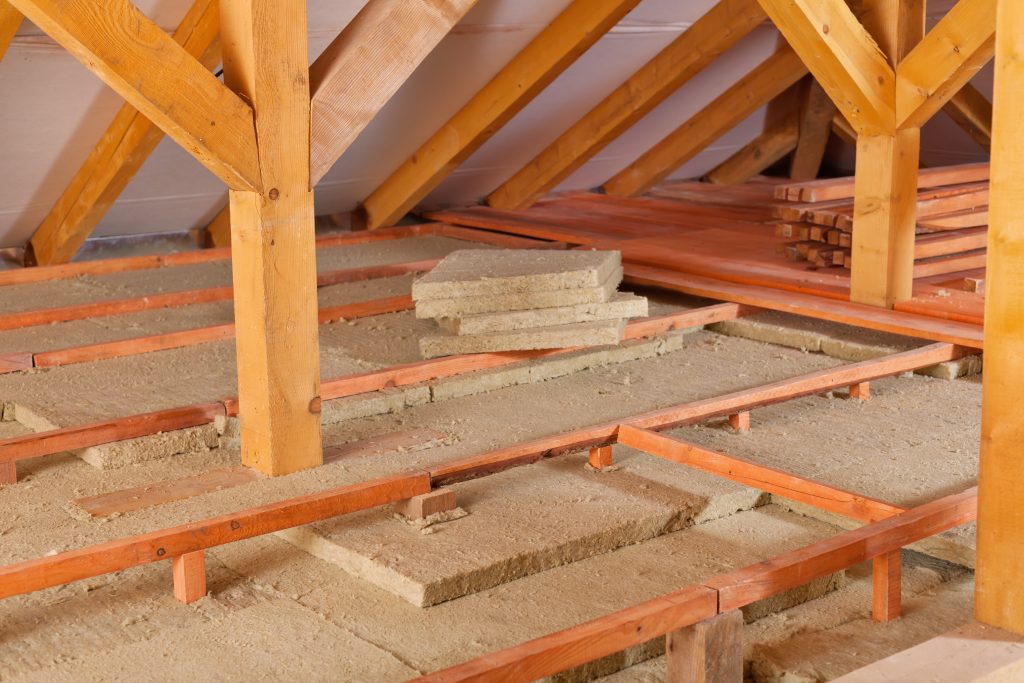
Understanding the Role of Loft Insulation
It is important to understand the purpose of home insulation. Loft insulation works by creating a barrier that slows down the transfer of heat. In winter, it keeps the warmth inside your home from escaping through the roof, and in summer, it prevents the heat from entering your living space. The material, whether it’s a mineral wool blanket, loose-fill, or a rigid board, traps pockets of air, which are poor conductors of heat. Over time, factors like moisture, compression, and the natural settling of materials can compromise this air-trapping ability, reducing the insulation’s effectiveness.
Signs Your Insulation Might Be Failing
One of the most common indicators of poor wall or roof insulation is a noticeable change in your home’s temperature. If you find that your home is consistently cold in the winter, even with the heating on, or uncomfortably hot in the summer, your insulation may be at fault. This is often the first sign that the thermal barrier in your loft is no longer as effective as it once was.
Another sign is an increase in your energy bills without a corresponding change in your heating habits. If your bills are climbing steadily, and you’ve ruled out other factors like a faulty boiler or a drafty window, the problem could be your insulation. Your heating system is working harder and longer to maintain a comfortable temperature because a large amount of heat is escaping through the roof.
Visually inspecting your loft is also an important step. First, look for signs of dampness or moisture. Insulation that has been exposed to water, whether from a leaky roof or condensation, will become heavy, losing its ability to trap air. Mold and mildew on the insulation or the surrounding timbers are clear signs of a moisture problem. Second, check for compression. Insulation, particularly fiberglass or mineral wool, can become squashed and flattened over time, especially if it’s been walked on or had items stored on top of it. A compressed blanket of insulation is a less effective barrier.
Finally, consider the age of your loft insulation. If it was installed more than 20-25 years ago, it may not meet current building standards and will likely be less effective than modern materials. Older insulation may have also settled over time, creating gaps and cold spots that allow heat to escape.
Conducting an Insulation Check
If you suspect your loft insulation is failing, you can perform a simple check. First, ensure you have proper safety gear, including a mask to protect from dust and fibers, and a light source. Carefully enter your loft and observe the insulation.
- Check the Depth: The current recommended depth for loft insulation in most of the UK is 270mm for mineral wool. Use a ruler or tape measure to check the depth of your existing insulation. If it’s significantly less than this, you’re losing a lot of heat.
- Look for Gaps and Gaps: As insulation settles or is moved, gaps can appear between rolls or around pipes, light fittings, and the loft hatch. These gaps act as thermal bridges, allowing heat to escape freely. Carefully inspect the entire area, paying close attention to the edges and corners.
- Feel for Cold Spots: On a cold day, a thermal camera can be very useful for identifying areas where heat is escaping. Alternatively, a simpler method is to use your hand (with gloves on!) to feel for cold spots or drafts. You can often feel a distinct temperature difference in areas with poor or no insulation.
- Assess the Material: Look at the condition of the insulation material itself. Is it clean, dry, and fluffy, or is it matted, discolored, or showing signs of rodent damage? Damaged or degraded insulation should be replaced.
Here at Cozy Home Solutions, we provide advice for our customers as well as a free home visit so we can check whether your loft insulation is performing how it should be. Otherwise, we can quote you for loft insulation prices, which include options such as superFOIL and loft boarding solutions.
Loft Insulation Quotes
If your loft inspection reveals that your insulation is no longer effective, it’s time to consider an upgrade—and Cozy Home Solutions makes the process easy and stress-free. Depending on your current setup, we can either top up your existing insulation or remove and replace it with a fresh, high-performance solution.
We offer a range of modern loft insulation options, including:
- Spray Foam Insulation – expands to seal gaps and hard-to-reach areas for maximum energy efficiency.
- SuperFOIL Insulation – multi-layered reflective insulation ideal for pitched roofs and loft spaces.
- Hybris Insulation – a high-performance, reflective system combining polyethylene foam and foil layers for excellent thermal resistance in minimal thickness.
- Loft Boarding – raised floors that preserve insulation while adding safe, usable storage space.
Our expert team provides a full assessment, recommending the best material for your home and resolving any underlying issues, such as moisture or ventilation problems. With Cozy Home Solutions, your loft insulation will be installed to the highest standards, keeping your home warm, energy-efficient, and comfortable for years to come.
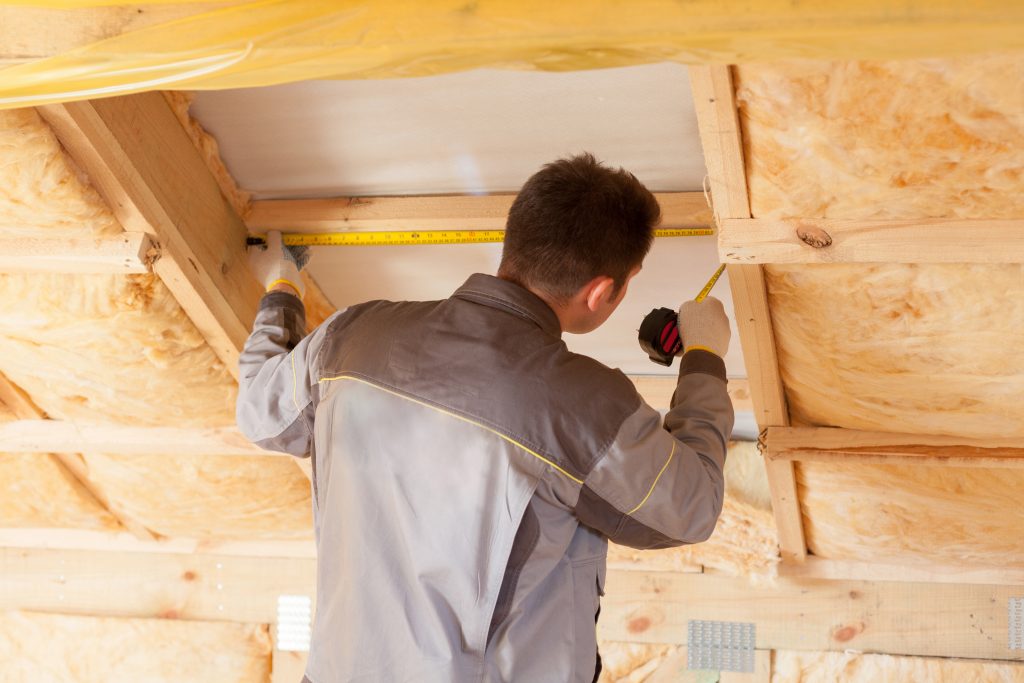
Get a Quote Today
Ready to make your home comfortable and more energy-efficient? Get a free no-obligation quote with us today. Call us on 0800 688 9666 or fill out our online contact form, and we will reach out to you!

